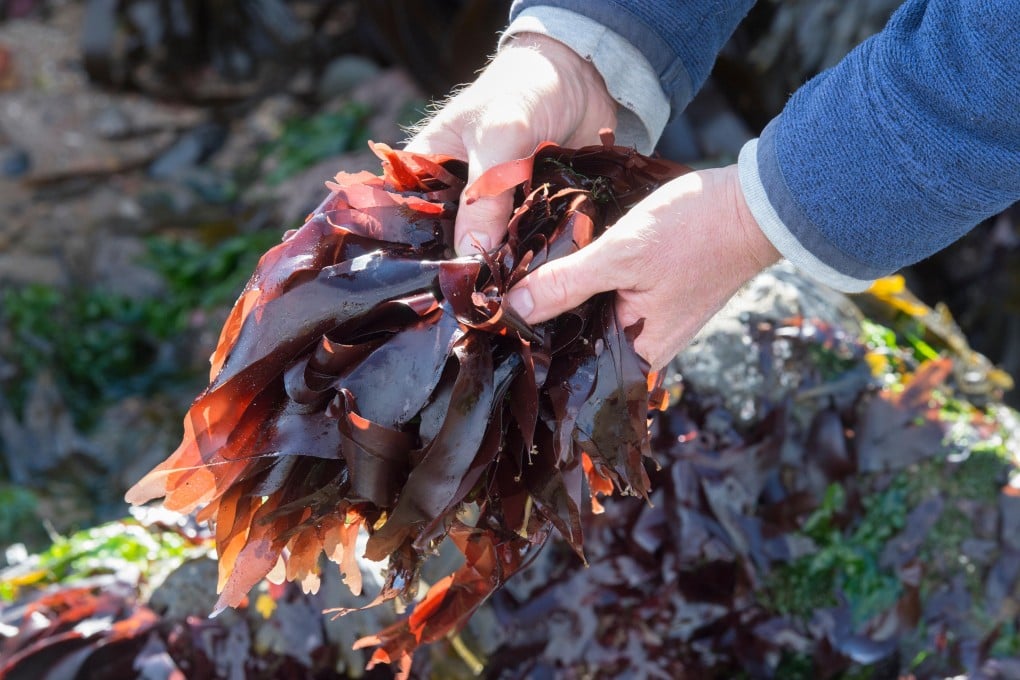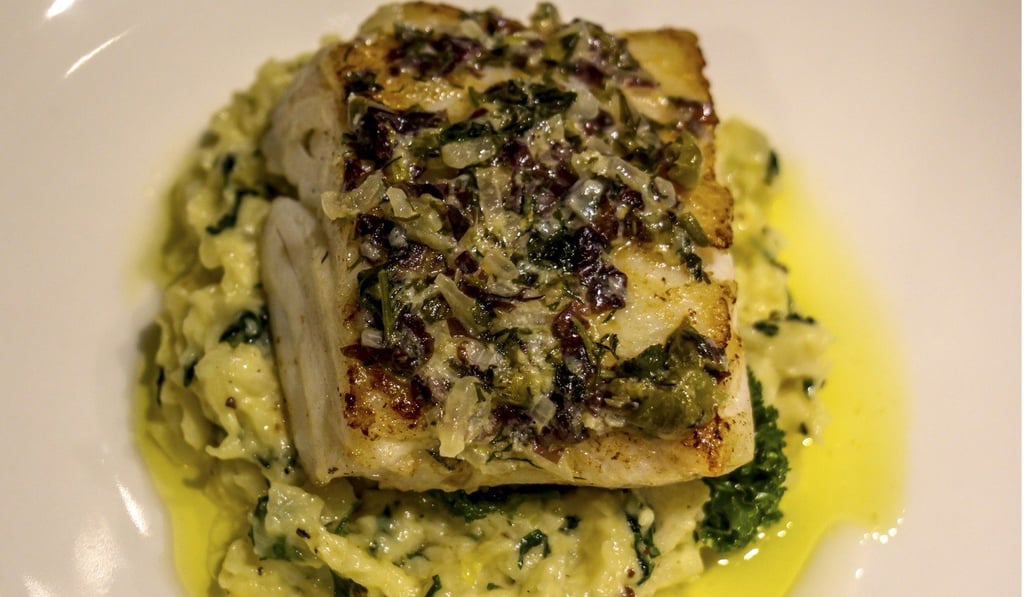A comeback for dulse, edible seaweed from Ireland with umami that’s a versatile addition to your kitchen
- Beer snack, hangover cure, sandwich filling, supplement – for centuries dulse, high vitamins and trace minerals, has been an important part of the Irish diet
- A favourite of the middle-aged and elderly in Ireland, the seaweed has found new fans as restaurants and home chefs use it in bread and a variety of dishes

When most of us think of seafood, it’s usually just the animals – fish, shellfish and other marine creatures – that come to mind. But the sea also offers a wealth of edible plants that can be considered seafood.
The Japanese and Koreans have been eating seaweed for centuries. So, too, have the Irish.
Dr Prannie Rhatigan, a qualified general practitioner from Streedagh, County Sligo, in Ireland, has been harvesting and cooking seaweed from the Irish coast since she was young. She says about 700 species of seaweed are found along the coasts of Europe.
Surrounded by the Atlantic Ocean to the west, the Celtic Sea to the south and the Irish Sea to the east, Ireland enjoys a coastline rich with seaweeds that have numerous health benefits. Of these, the red algae called Palmaria palmata, or dulse, holds a special place in Irish life.

High in minerals, vitamins and trace elements, dulse has been important part of the Irish diet for centuries. Also called dillisk, this seaweed is said to have more minerals than land plants. It was the go-to food in Ireland during the Great Famine in the 1840s. Easily harvested along the coast from March to September, the algae is dried for few hours before being packed in bags and sold in vegetable shops and supermarkets.
“Based on the tide time, I harvest the dulse early morning along the County Down coast between Donaghadee to Portavogie. I get back, say, 8am, dry it for maybe three hours and then turn [it over] for another three,” says 68-year-old Alan Coffey, a fishmonger at St George’s Market in Belfast. “You have to watch the forecast. If you get showers, the dulse is destroyed.”